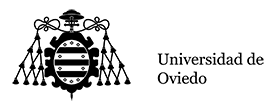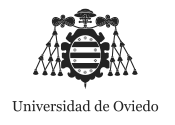Estudia
- Artes y humanidades
- Ciencias
- Ciencias de la salud
-
Ciencias sociales y jurídicas
- Doble Grado en Administración y Dirección de Empresas y Derecho
- Doble Grado en Criminología y Derecho
- Grado en Administración y Dirección de Empresas
- Undergraduate Degree on Sport and Physical Activity Sciences
- Grado en Comercio y Marketing
- Grado en Contabilidad y Finanzas
- Bachelor´s Degree in Criminology
- Grado en Derecho
- Grado en Economía
- Grado en Educación Social (centro adscrito privado)
- Grado en Gestión y Administración Pública a Distancia (online)
- Grado en Maestro en Educación Infantil
- Grado en Maestro en Educación Infantil (centro adscrito privado)
- Grado en Maestro en Educación Primaria
- Grado en Maestro en Educación Primaria (centro adscrito privado)
- Grado en Pedagogía
- Grado en Relaciones Laborales y Recursos Humanos
- Grado en Trabajo Social
- Grado en Turismo
- Ingeniería y arquitectura
- Información, acceso y becas
Back
Back
Introducción a la Estadística
Código asignatura
GTURIS01-1-006
Curso
Primero
Temporalidad
Primer Semestre
Materia
Estadística
Carácter
Formación Básica
Créditos
6
Pertenece al itinerario Bilingüe
Yes
Actividades
- Tutorías Grupales (4 Hours)
- Prácticas de Aula/Semina (21 Hours)
- Clases Expositivas (28 Hours)
Guía docente

